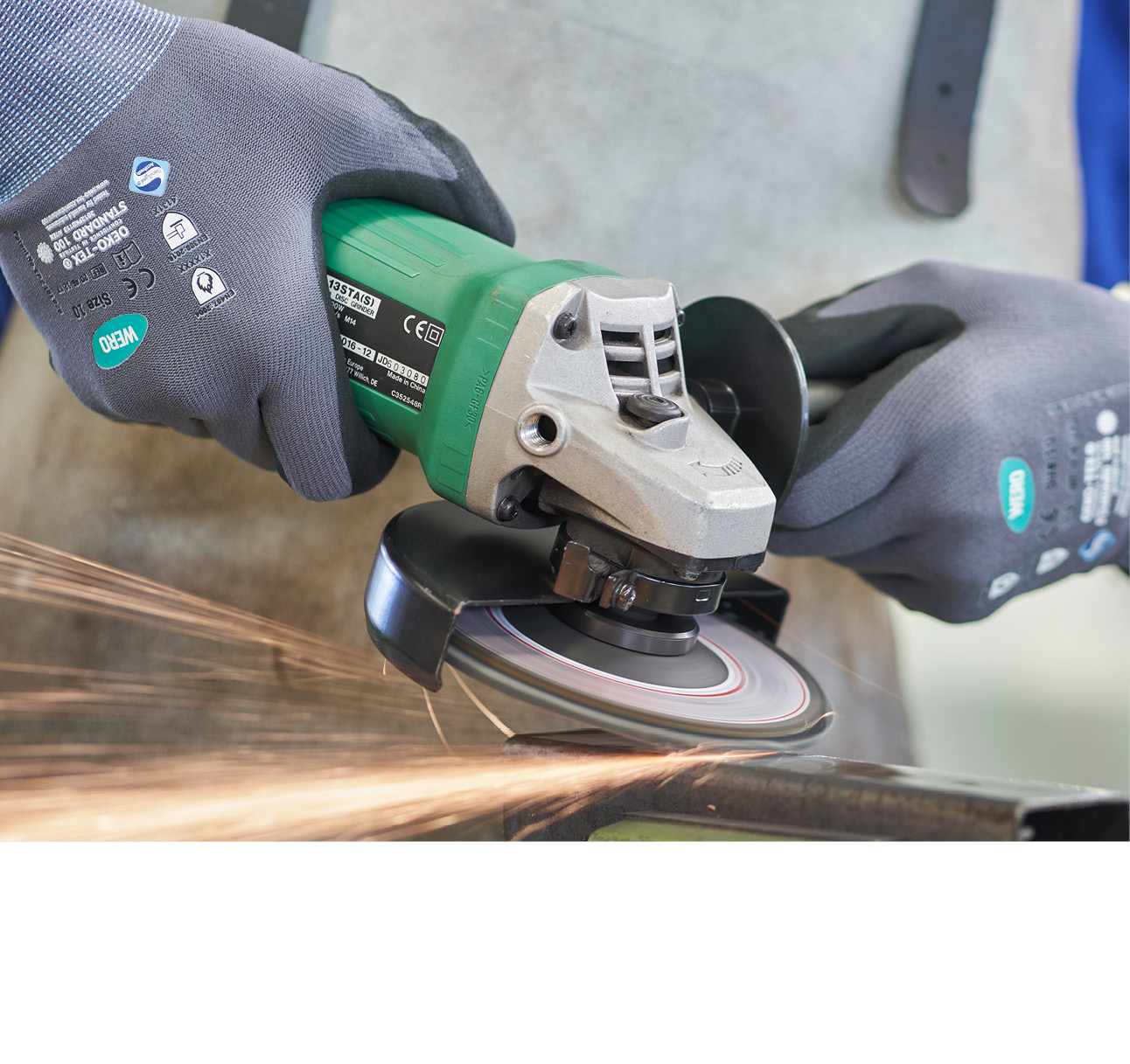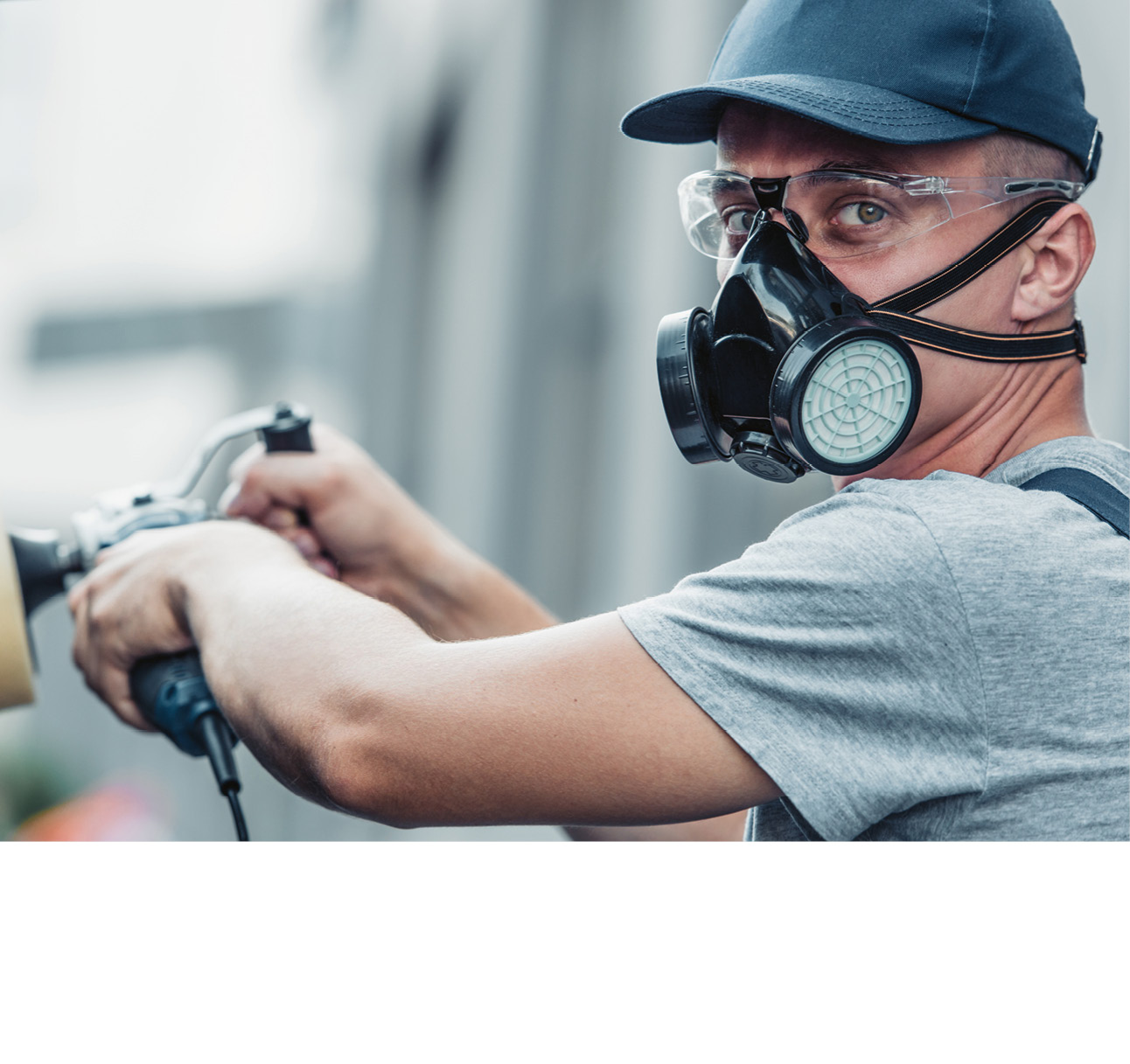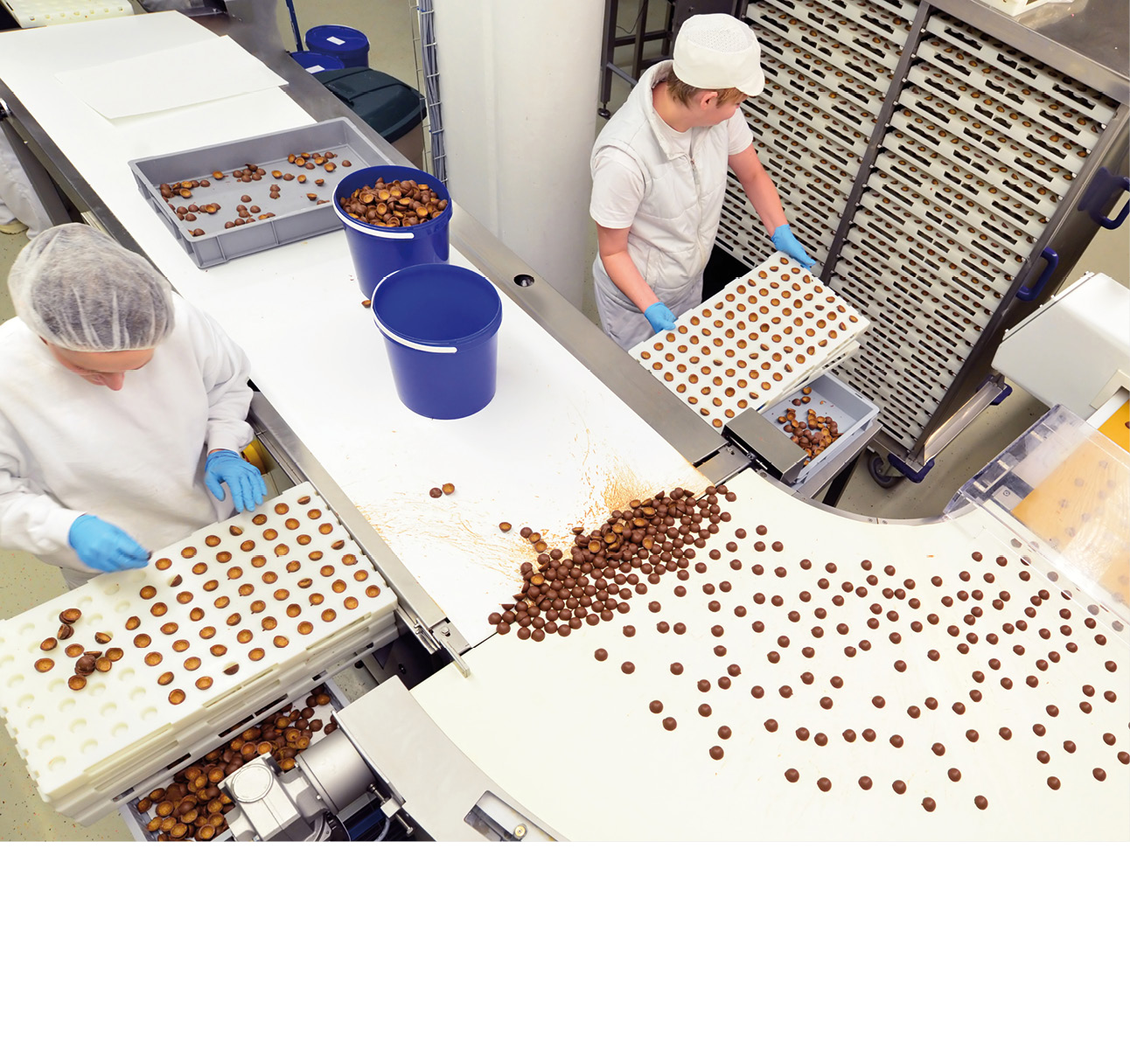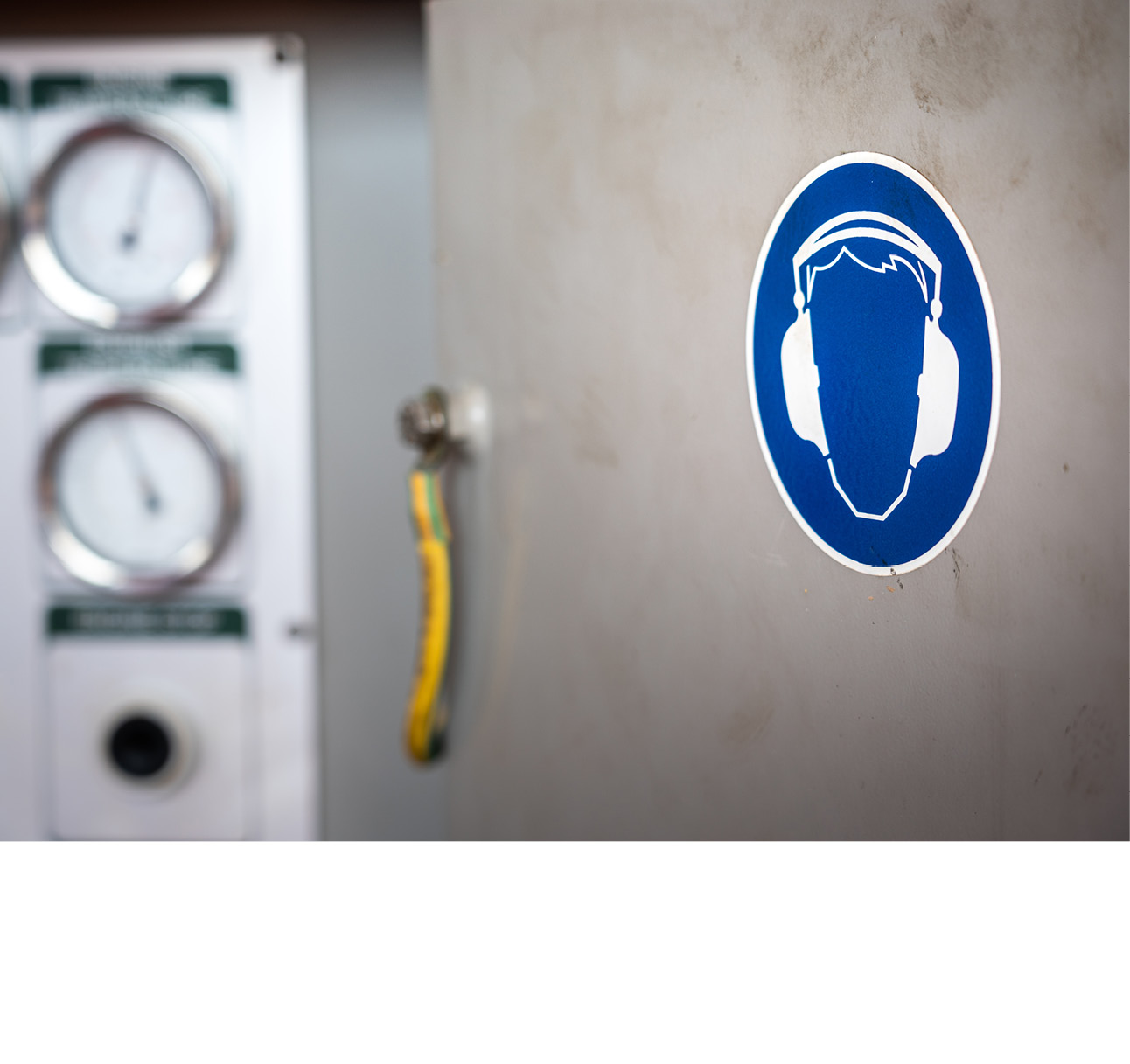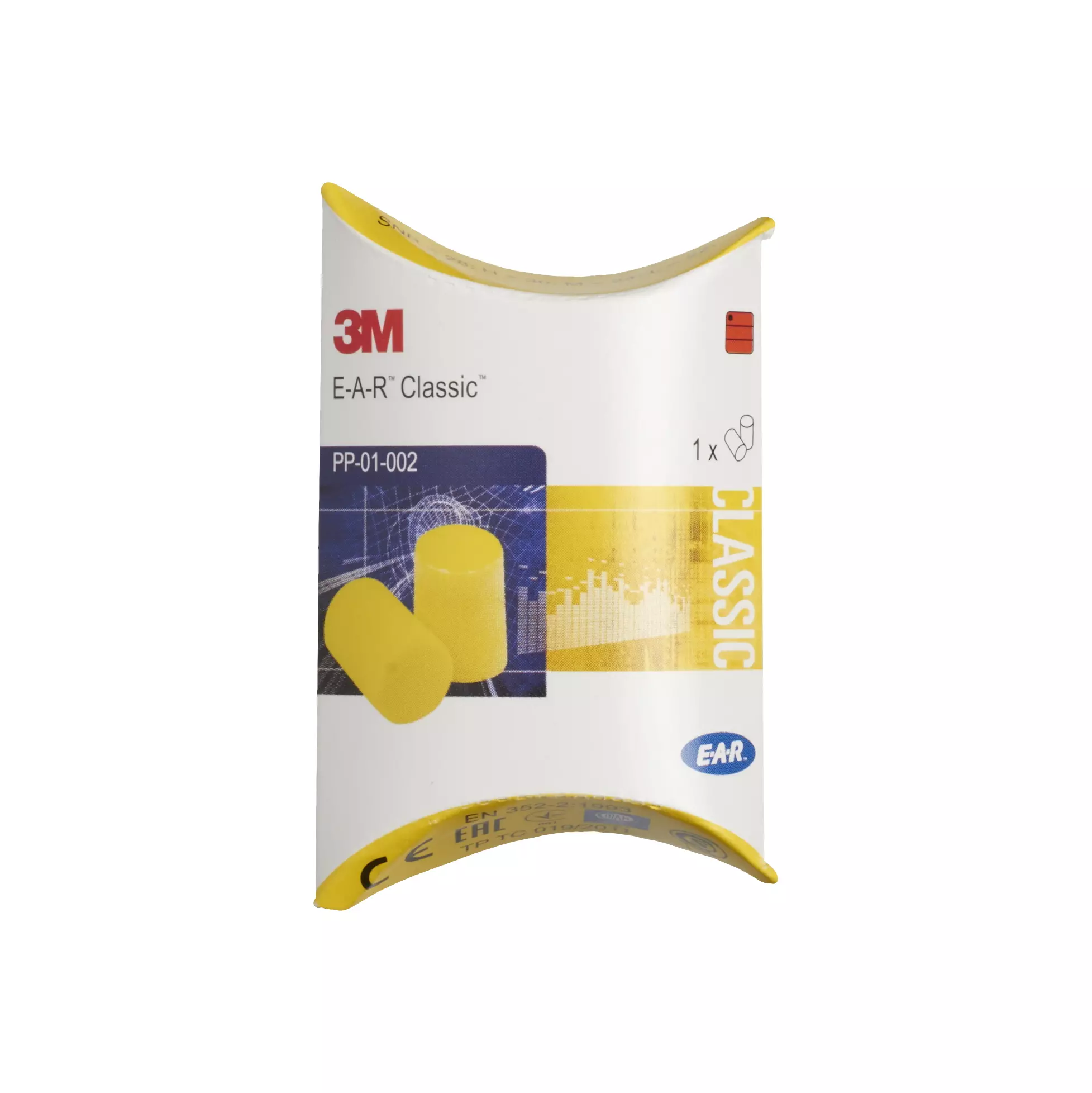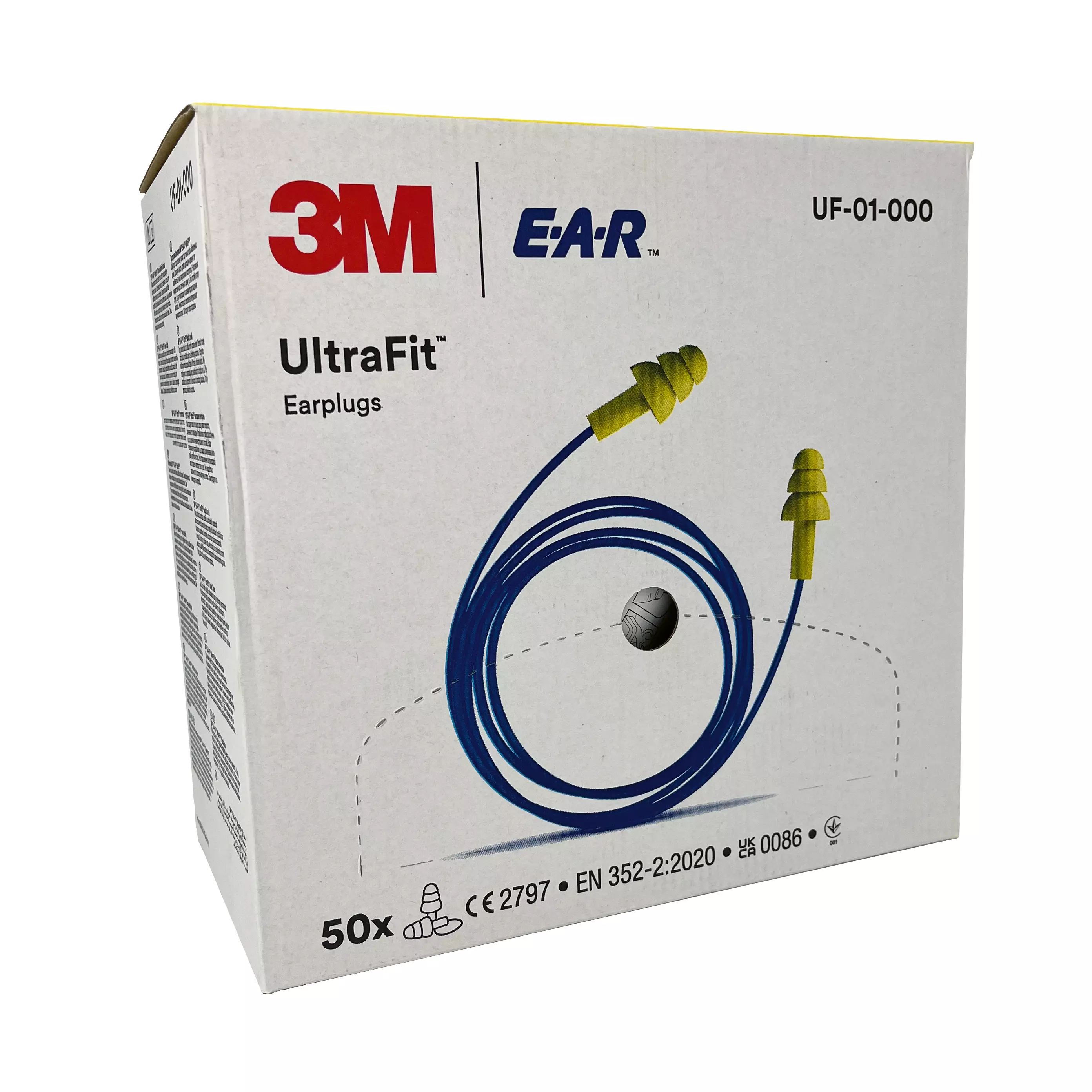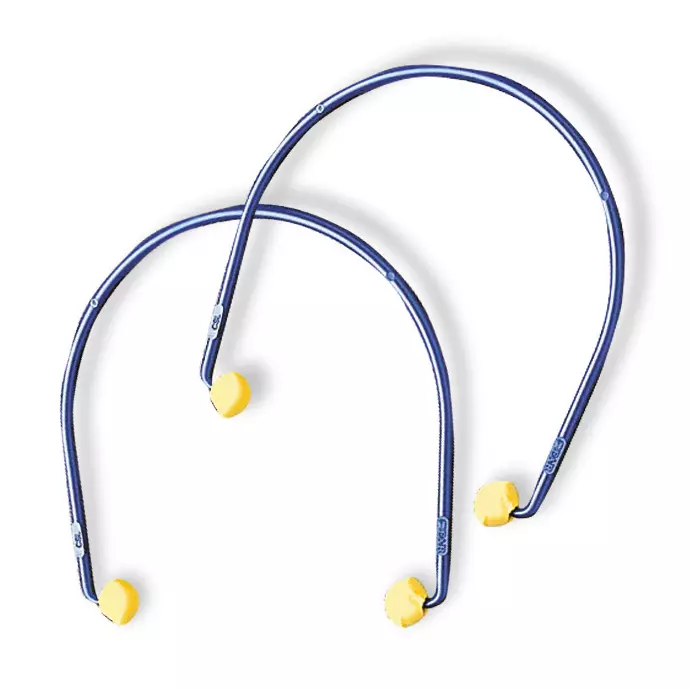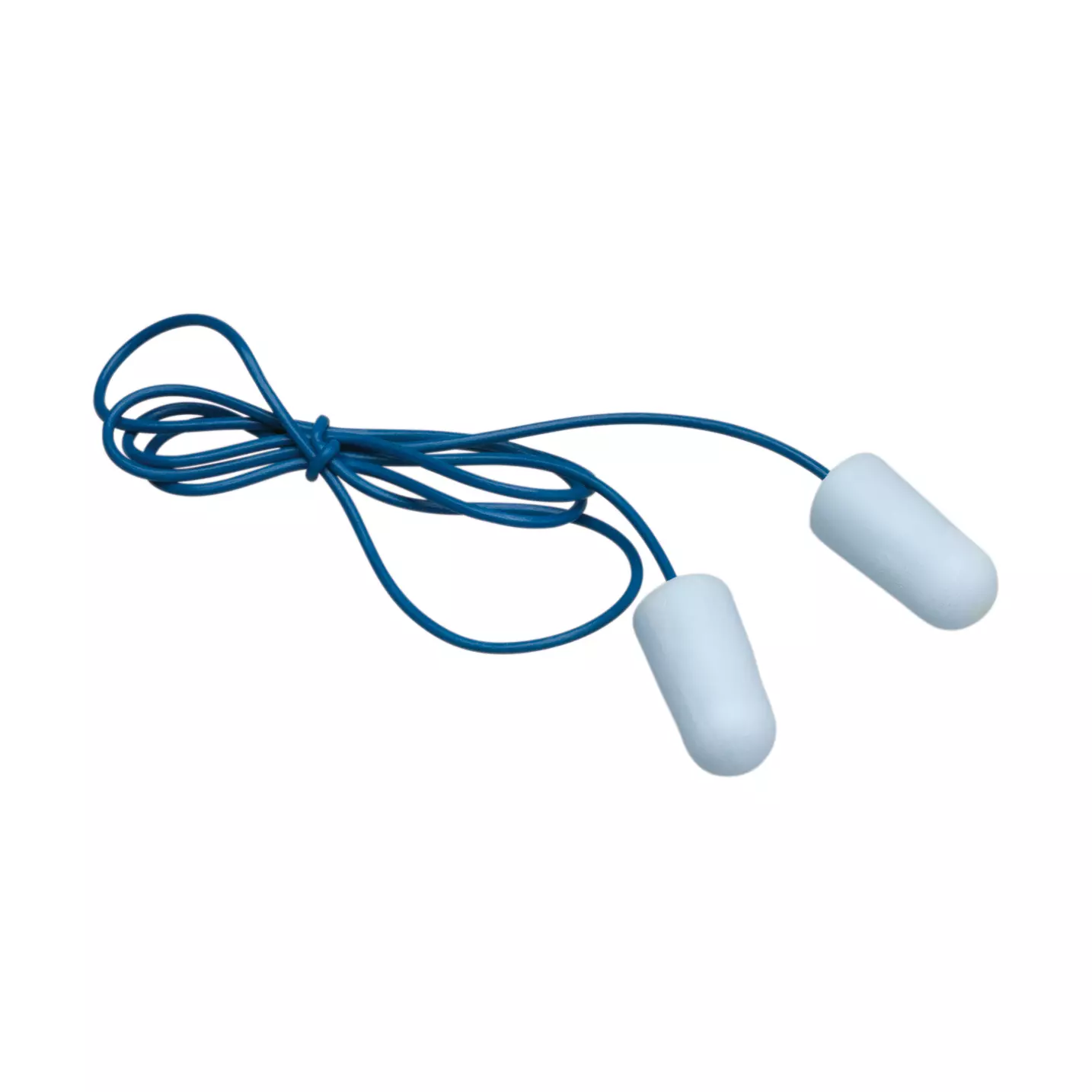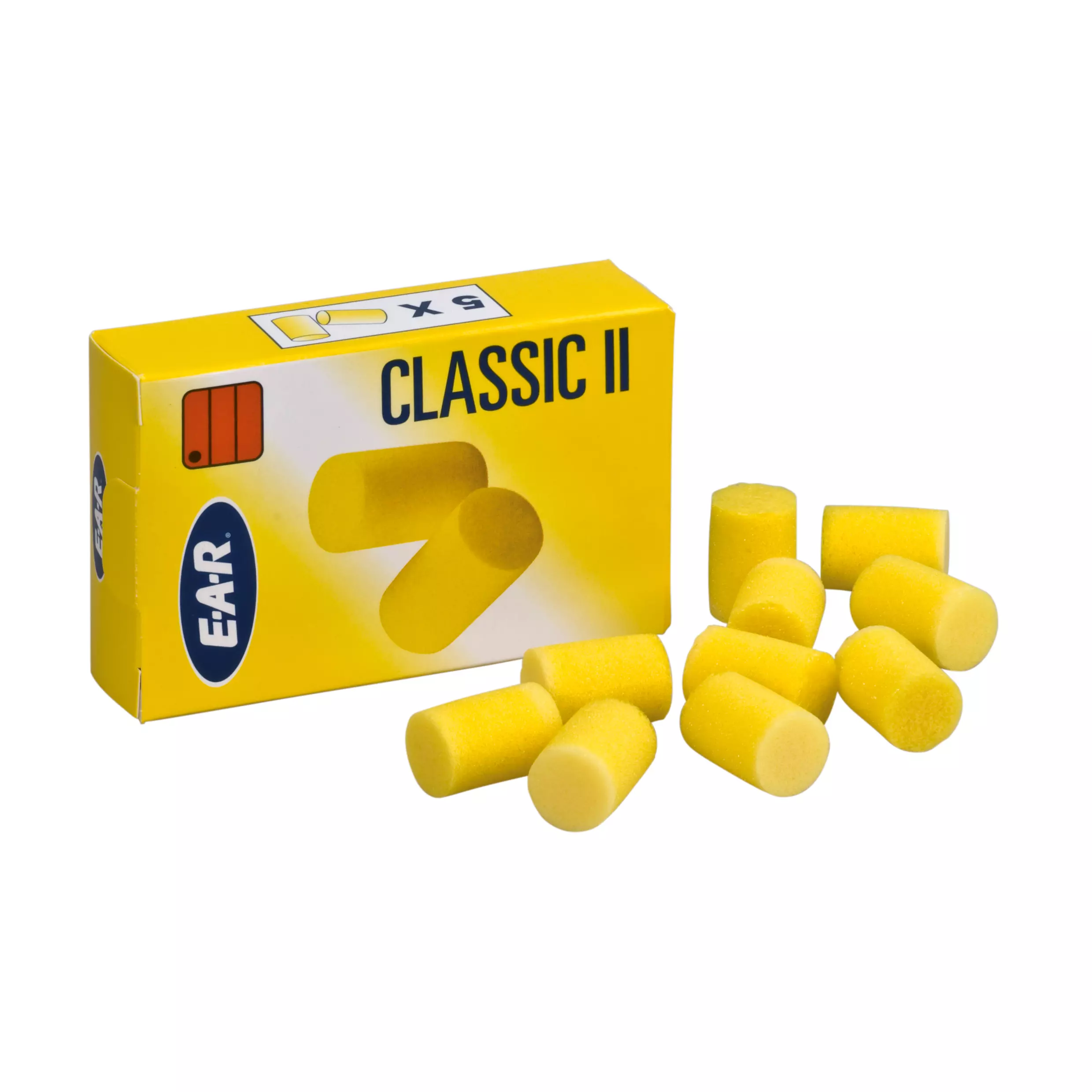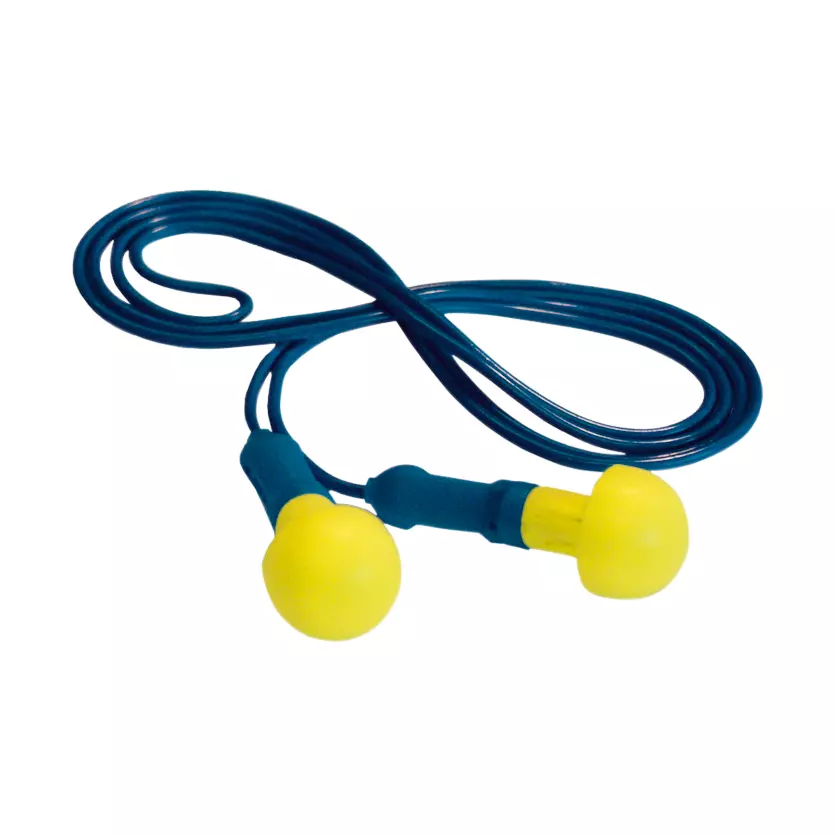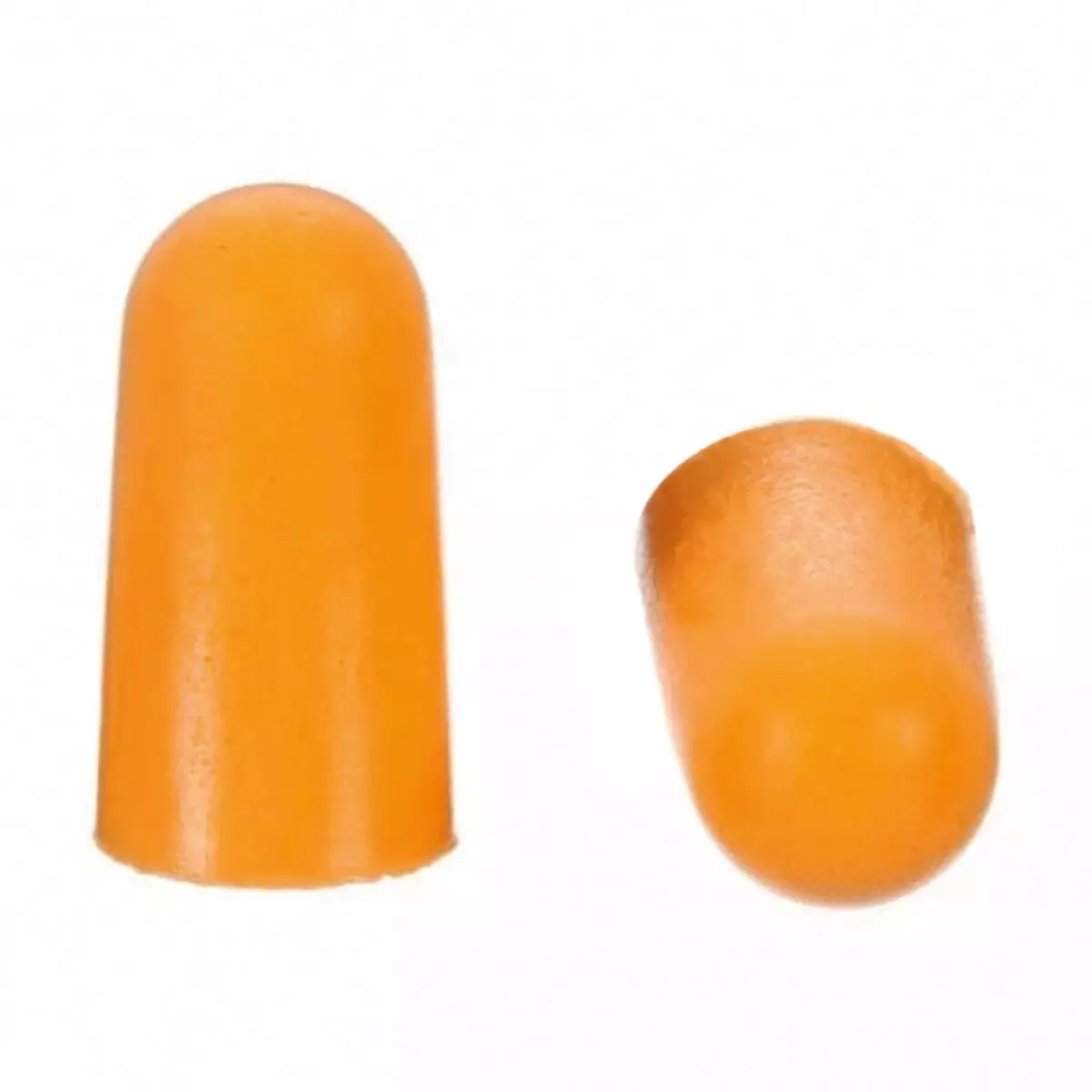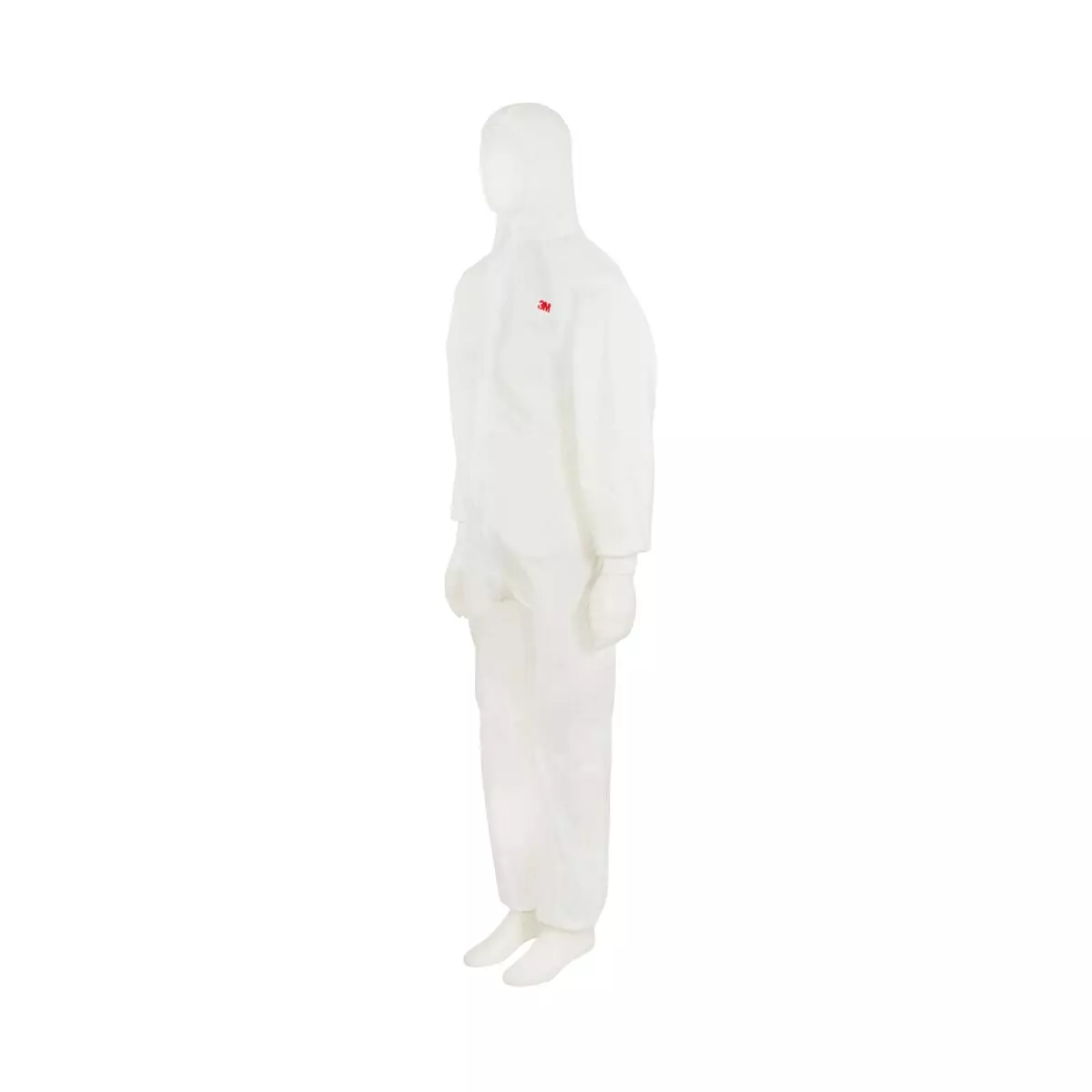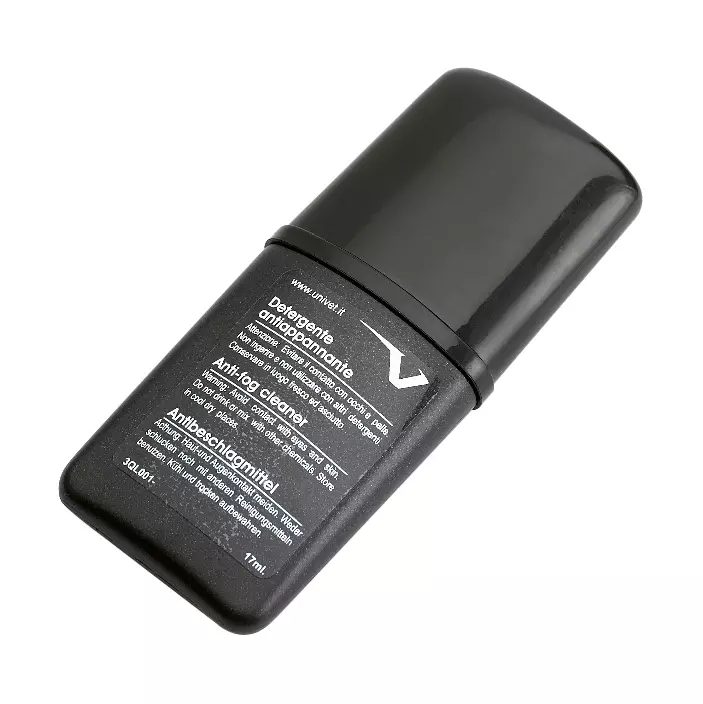Occupational safety
WERO offers you safety and efficiency in the area of occupational health and safety. This also increases the well-being of the people in your company.
Was ist Arbeitsschutz?
Arbeitsschutz umfasst alle Maßnahmen, Bestimmungen und Mittel, die der Sicherheit und dem Gesundheitsschutz der Beschäftigten während der Arbeit dienen. Ziel ist es, Arbeitsunfälle, Berufskrankheiten sowie arbeitsbedingte Gesundheitsgefahren zu vermeiden und das Wohlbefinden der Mitarbeitenden am Arbeitsplatz zu fördern. Arbeitsschutzprodukte bzw. Persönliche Schutzausrüstung (PSA), wie bspw. Arbeitshandschuhe, Gehörschutzmittel oder Hygieneschutzkleidung, spielen hierbei eine entscheidende Rolle, indem sie individuell vor Gefahren schützen und eine sichere Arbeitsumgebung schaffen.
Warum ist Arbeitsschutz wichtig?
Ein effektiver Arbeitsschutz ist nicht nur gesetzlich vorgeschrieben, sondern dient auch der Prävention von Unfällen und Erkrankungen. Durch die Vermeidung von Arbeitsausfällen trägt er zur Produktivität des Unternehmens bei und schützt vor rechtlichen Konsequenzen. Zudem fördert ein hoher Standard im Arbeitsschutz die Zufriedenheit und Motivation der Mitarbeitenden.
Das Arbeitsschutzgesetz
Das Arbeitsschutzgesetz (ArbSchG) bildet die rechtliche Grundlage für den Arbeitsschutz in Deutschland. Es verpflichtet Arbeitgeber, die notwendigen Maßnahmen zum Schutz der Gesundheit und Sicherheit ihrer Beschäftigten zu treffen. Dazu gehört die Bereitstellung geeigneter Arbeitsschutzprodukte, die Durchführung regelmäßiger Sicherheitsschulungen und die Anpassung der Arbeitsbedingungen an die neuesten Sicherheitsstandards.
Die Pflicht der Gefährdungsbeurteilung in Unternehmen
Eine zentrale Vorschrift des Arbeitsschutzgesetzes ist die Durchführung der Gefährdungsbeurteilung. Arbeitgeber müssen systematisch alle potenziellen Gefahren am Arbeitsplatz identifizieren und bewerten. Auf Basis dieser Beurteilung sind dann geeignete Schutzmaßnahmen zu ergreifen. Die Auswahl und Bereitstellung adäquater Arbeitsschutzprodukte ist dabei ein wesentlicher Bestandteil, um Risiken effektiv zu minimieren.

